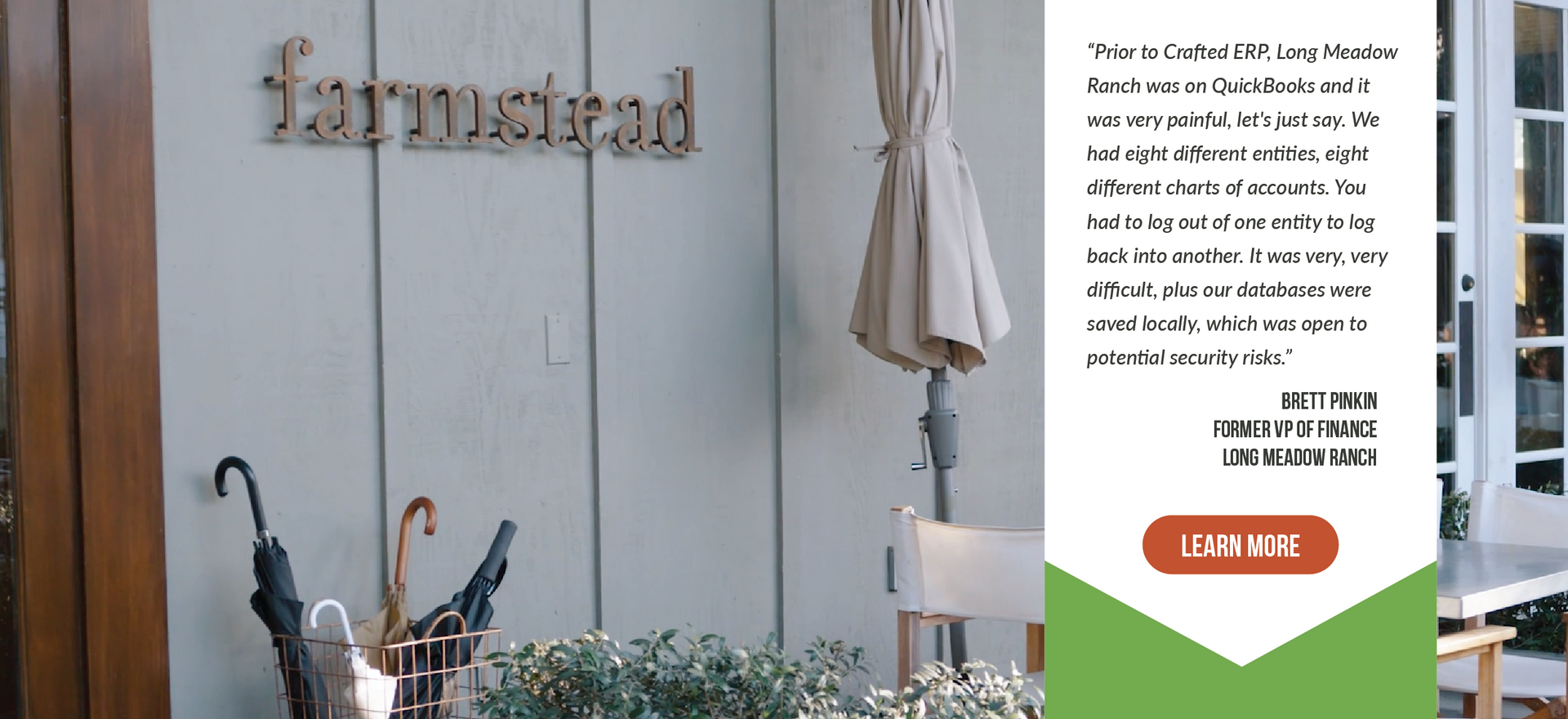The U.S. wine industry has faced significant challenges in recent years with declining sales, reduced production volumes and an oversupply of grapes. These factors have forced wineries to find innovative ways to cut costs and create new opportunities to attract customers.
Strategic planning and resourcefulness are critical aspects of a winning business plan that ensures wineries withstand market challenges. As wine businesses across the globe compete in a fierce arena marrying innovation, sustainability and customer preference, only the most strategic, resilient players will thrive.
Let’s examine some current economic pitfalls and how winery software systems help business owners overcome market challenges.
Understanding the Current Landscape of the U.S. Wine Industry
According to the Alcohol and Tobacco Tax and Trade Bureau (TTB), wine sales and production volumes have seen a noticeable decline over the past few years. This wine trend is coupled with an oversupply of grapes, leading to increased competition and pressure on prices. This will come as no surprise to wine producers or anyone even tangentially associated with the wine world. While the IWSR reports that U.S. wine consumption should see modest growth in 2024, the market remains highly competitive.
Wineries of every size are vying for attention and success in a crowded market and every player must leverage their unique strengths to stand out. It’s an ever-changing market influenced by shifts in customer, economic and planetary climates. The good news? Wineries have the power to adapt their strategies, overcome obstacles, seize opportunities to differentiate themselves and operate more efficiently.
One of the most effective strategies is to leverage technology, particularly
winery business management software. By creating efficiencies, winery software can help wineries stay on top of market trends, analyze sales data, manage inventory and even track sustainability efforts.
Aligning with Winery Software Systems
Wine business owners must rely on business savvy and intelligent tools to thrive. Equipping your winery with the right winery software system and technology partner can help you realize profitability in an increasingly competitive landscape.
Winery ERP software offers a comprehensive solution to the challenges faced by modern wineries. These systems integrate various aspects of winery operations, from production and inventory management to sales and customer relations.
Here’s how wineries can leverage winery ERP to stay competitive:
- Stay on top of market and customer trends:
Understanding market trends and customer preferences is crucial. Winery management tools analyze sales data broken down by customer demographics such as age, region, frequency of purchase and total bill amount. By leveraging this data, wineries can effectively tailor their marketing strategies to target specific customer segments.
For instance, if data shows a growing interest in organic wines among millennials, a winery can focus its marketing efforts on promoting its organic offerings to this demographic. Similarly, understanding regional preferences can help wineries develop localized marketing campaigns that resonate with customers in different areas. - Create efficiencies and maximize staff resources: Automation is a key tool in a winning winery business plan. From managing orders and tracking inventory to scheduling
production and coordinating logistics, automation can significantly reduce the time and effort required for these tasks.
By automating routine tasks in a single system, winery employees can focus on more strategic activities like product development, customer engagement and market expansion. This not only improves operational efficiency but also maximizes the use of staff resources, leading to cost savings and improved productivity.
Crafted customer Long Meadow Ranch recognized these benefits quickly after implementation. Prior to using an ERP, the accounting team used QuickBooks to manage eight different entities within the company. The constant logging in and out of the system and switching between charts of accounts was cumbersome and time-consuming.
Former VP of Finance, Brett Pinkin, mentioned, “One of the key features of Crafted ERP is being able to present the financials and also view some of the financial information through the dashboard all in one location. And being able to look at some of that information real time helps us spend less time doing the accounting and more time focusing on what our results are.” - Manage inventory and supplies in a cloud-based database:
Effective
inventory management is critical for any winery, especially those dealing with fluctuating demand and seasonal production cycles. Winery ERP software provides a cloud-based, real-time database for tracking inventory and supplies. This ensures that business leaders always have accurate information about their stock levels, enabling them to make informed decisions about production and purchasing.
Cloud-based inventory management also allows for better coordination with suppliers and reduces the risk of stockouts or overstocking. This can lead to significant cost savings by minimizing waste and ensuring that resources are used efficiently. - Expand to product categories other than wine: Diversification is a common strategy for wineries looking to mitigate risk and tap into new revenue streams. Winery software systems can support the management of multiple product categories, from wine and spirits to non-alcoholic beverages.
By managing all products in a single system, wineries can streamline their operations and ensure consistency across their entire product portfolio. This simplifies inventory management and sales tracking and provides a holistic view of the business for more informed decision-making. - Track sustainability efforts:
Sustainability is becoming increasingly important to consumers, and wineries that can demonstrate their commitment to environmental responsibility are likely to gain a competitive edge. Winery management software can help monitor efforts, from energy and water usage to managing waste and recycling programs.
By providing detailed reports on sustainability metrics, wineries can showcase their efforts to customers and stakeholders. - Enhance customer relationship management:
Customer relationship management (CRM) is another critical component of winery software systems. By maintaining detailed records of customer interactions, preferences, and purchase history, wineries can deliver more personalized experiences and build stronger relationships with their customers.
The use of CRM data enables targeted promotions, personalized recommendations and special event invitations to customers enhancing satisfaction, encouraging repeat business and fostering loyalty.
Use Winery Management Software to Elevate Your Business Strategy
As the industry continues to change, the spirit of competition and the pursuit of excellence will drive it forward. U.S. wine must find innovative ways to cut costs, create new opportunities and stay ahead of market trends. Winery software systems offer a comprehensive solution to these challenges, providing tools for analyzing sales data, automating routine tasks, managing inventory and tracking sustainability efforts.
By aligning your business with the right technology partner, you can improve operational efficiency, enhance customer relationships and diversify your product offerings. Doing so can position your winery to thrive for the long term.
Ready to transform your winery operations with leading-edge software?
Contact us today to learn more about how our winery ERP software can help you stay competitive and profitable!

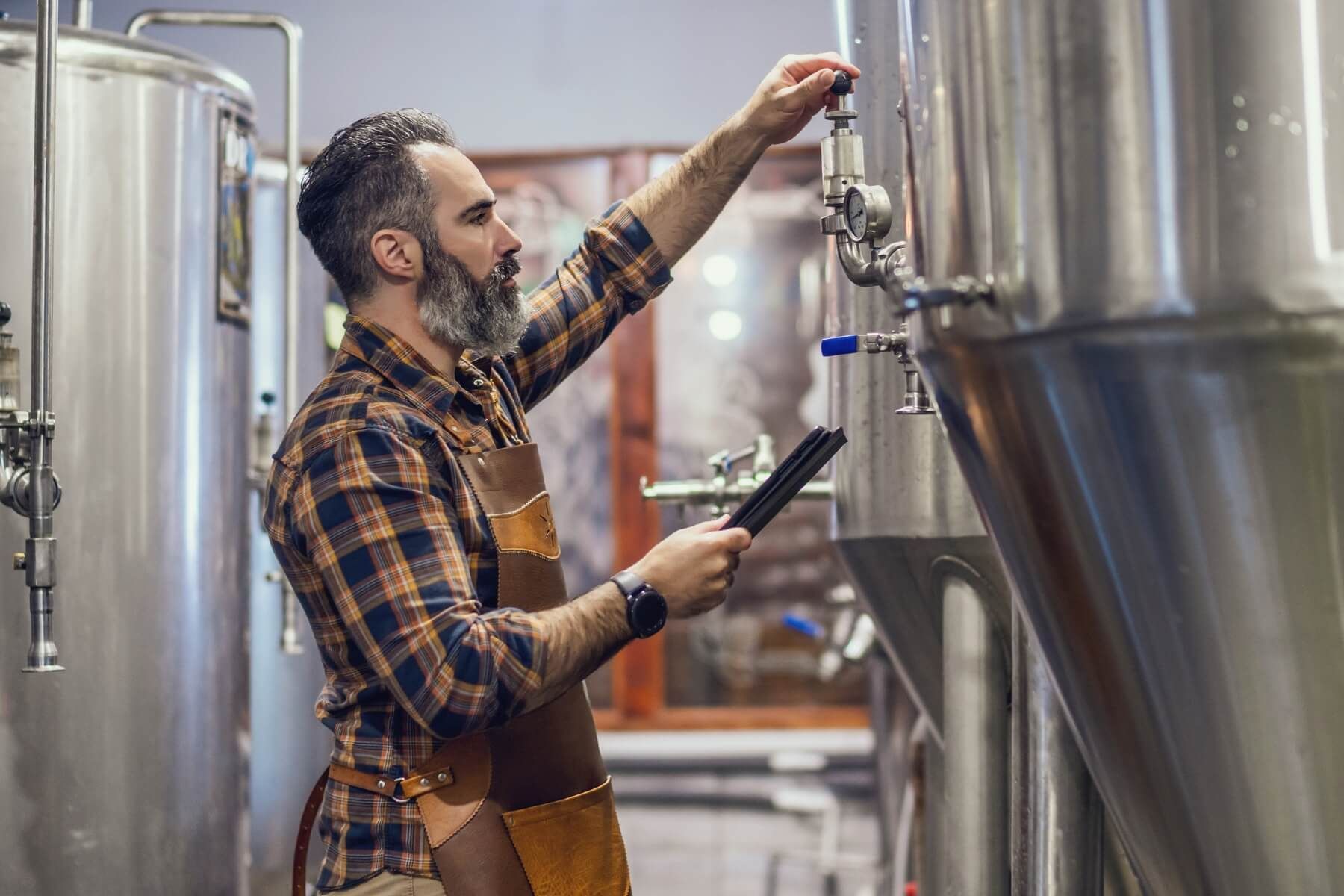

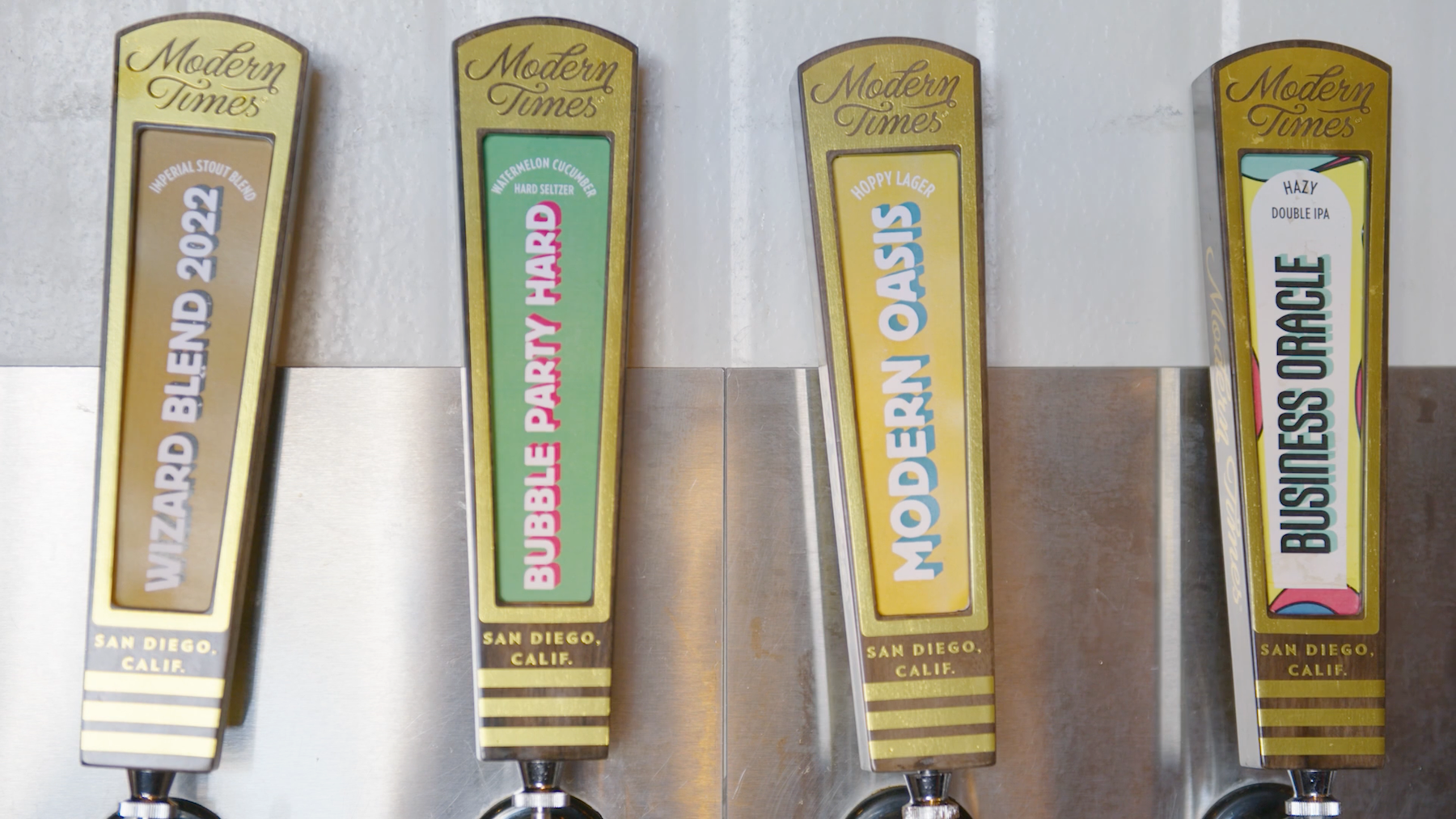



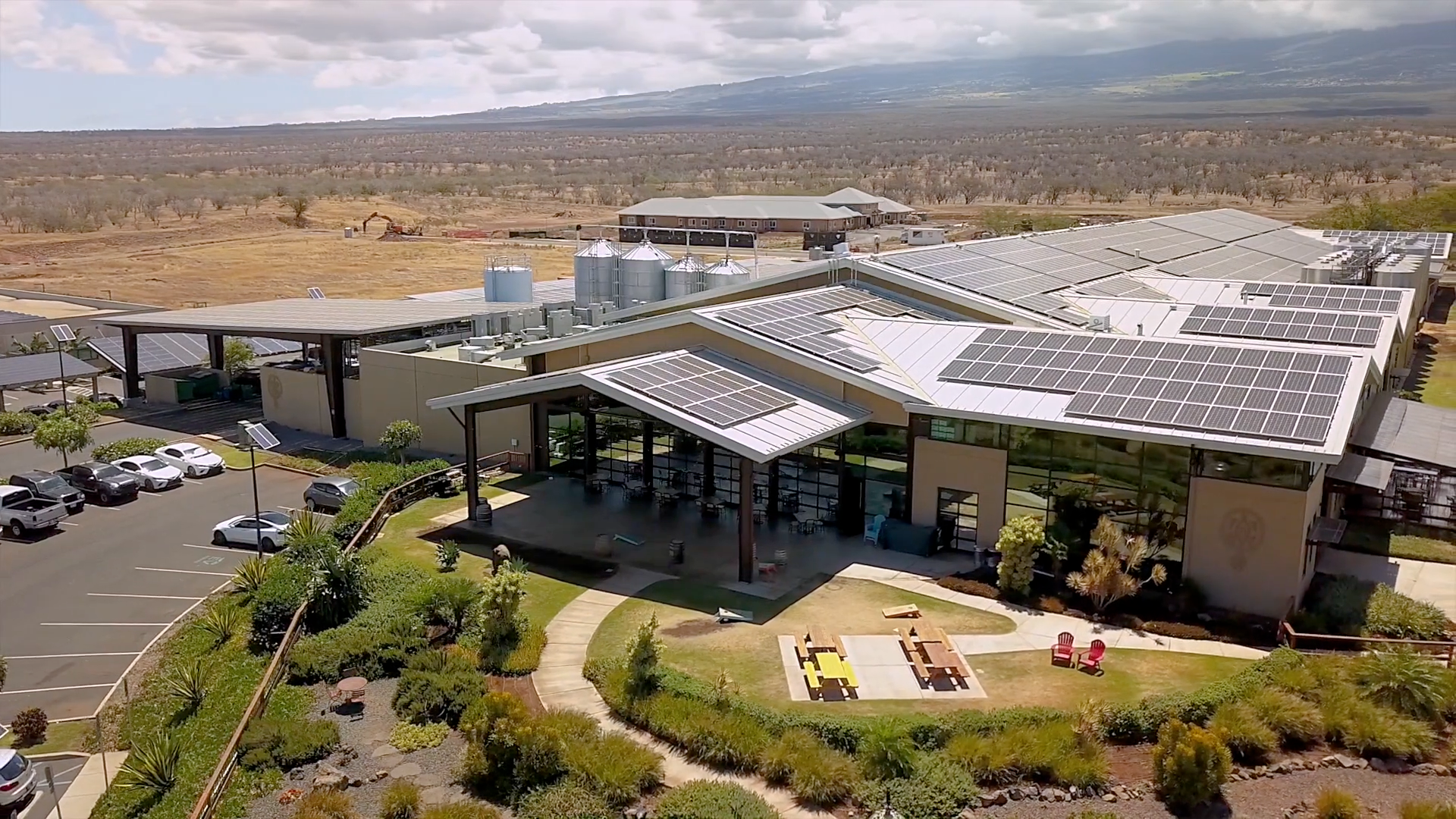
GET IN TOUCH
1512 Larimer Street, Suite #150
Denver, CO 80202
United States
(720) 699-0200
66 Goulburn Street
Sydney, NSW, 2000
Australia
+61 2 9044 1330

